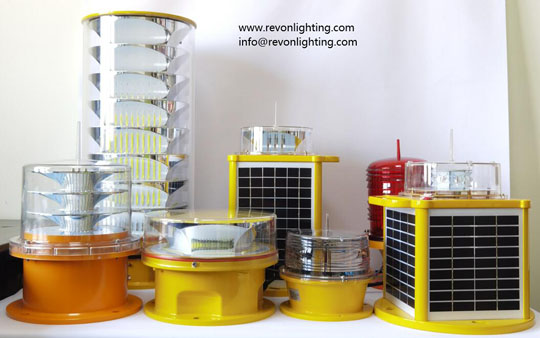Airfield Obstruction Lights: Safeguarding Aviation Operations
Introduction
Airfield obstruction lights are essential safety components that help prevent accidents and ensure smooth aviation operations. These specialized lights are installed around airports and airfields to indicate the presence of obstacles, ensuring pilots can easily navigate the area without any hazards. In this article, we will explore the importance, types, and functionality of airfield obstruction lights.
Understanding Airfield Obstruction Lights
Airfield obstruction lights are designed to provide a visual warning to pilots about potential obstacles within or around an airport or airfield. These lights alert pilots to the presence of structures, such as buildings, cranes, towers, wind turbines, or other high-rise objects that could pose a risk during takeoff, landing, or taxiing procedures. By illuminating these obstacles, airfield obstruction lights significantly enhance pilot awareness and overall aviation safety.
Types of Airfield Obstruction Lights
Low-Intensity Obstruction Lights: These lights are typically used for obstacles with a height under 45 meters. They emit a steady red light and are visible from a distance of up to three miles. Low-intensity obstruction lights are commonly employed on shorter structures around airfields.
Medium-Intensity Obstruction Lights: Suitable for structures between 45 and 150 meters in height, medium-intensity obstruction lights emit flashing or steady red lights. These lights ensure increased visibility and serve as crucial indicators for pilots operating at higher altitudes.
High-Intensity Obstruction Lights: Reserved for tall structures over 150 meters in height, high-intensity obstruction lights use white strobe lights during nighttime conditions and red beacons during daytime. These lights provide enhanced visibility, making it easier for pilots to identify and avoid potential obstacles.
| Airfield Obstruction Lights | Airfield Obstruction Lights |
Importance of Airfield Obstruction Lights

Ensuring Flight Safety: Airfield obstruction lights are paramount in preventing accidents and collisions between aircraft and obstacles. By providing clear visual cues, these lights enable pilots to identify and avoid structures that might obstruct their flight path, ensuring safe takeoff, landing, and taxiing procedures.
Enhancing Pilot Awareness: Airfield obstruction lights play a crucial role in enhancing pilot situational awareness. By illuminating obstacles near the airfield, these lights ensure that pilots can easily identify potential hazards and make informed decisions while operating within the vicinity.
Compliance with Aviation Regulations: Airfield obstruction lights are mandated by regulatory authorities to ensure compliance with safety standards. Proper installation and maintenance of these lights demonstrate a commitment to aviation safety, helping airports and airfields meet regulatory requirements.
Conclusion
Airfield obstruction lights are indispensable components for maintaining aviation safety and smooth operations. By effectively warning pilots about the presence of obstacles surrounding an airfield, these lights enable safe maneuvering during takeoffs, landings, and taxiing procedures. Compliance with regulations regarding the use and maintenance of airfield obstruction lights is crucial to ensure the highest level of safety and prevent potential accidents. Continued investment in these lighting systems will contribute to the overall improvement of aviation safety worldwide.